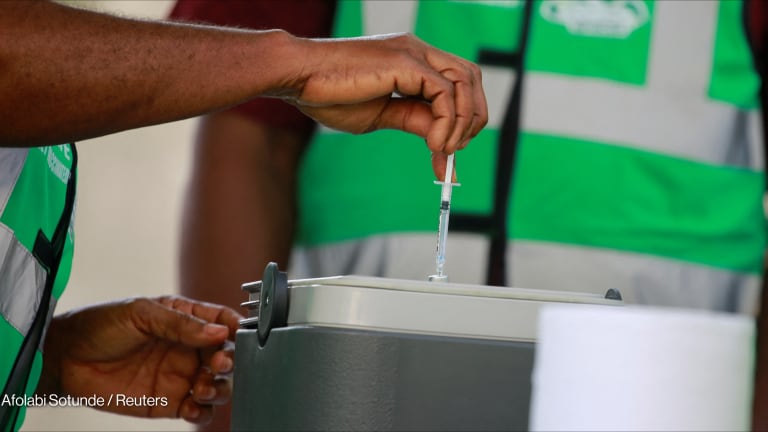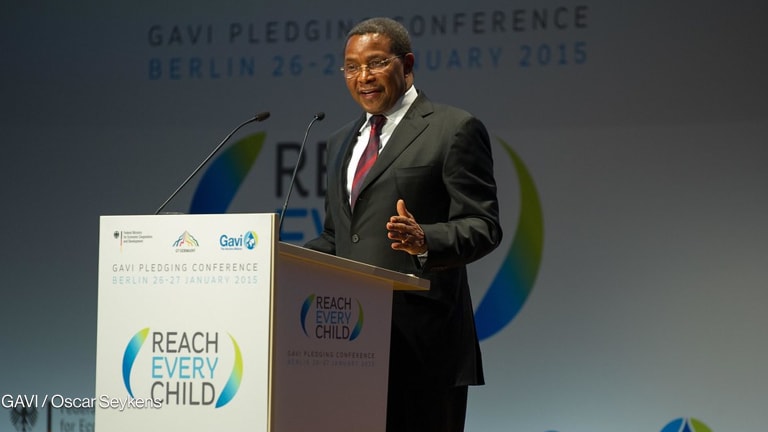
Vaccines are widely recognized as the best health investment available, and their use has increased steadily since the 1970s, when immunization programs began to expand. Today, the World Health Organization estimates that immunization programs contribute to saving the lives of 2 million to 3 million people each year and protect many millions more from illness and disability from diphtheria, tetanus, pertussis — known collectively as DTP3 — and measles.
But in recent years, the proportion of the world’s children who receive recommended vaccines has plateaued. According to best estimates, close to 18 million infants worldwide do not receive the full three doses of DTP-containing vaccine in infancy.
We are already making special efforts to reach people who don’t get vaccinated, especially those in remote areas, in deprived urban settings, in fragile states and strife-torn regions. But 1 in 5 children are still missing out on lifesaving immunizations and that last 20 percent is proving a difficult reach.
Is vaccine hesitancy a factor? Undoubtedly, but it is hard to quantify. We don’t know its extent and we need to find out. That is what a group of experts has recommended, and it is why WHO and its partners are studying the various reasons people may be hesitant to accept vaccination and how to overcome these widely varying challenges.
We are asking countries to incorporate a plan to measure and address vaccine hesitancy in their immunization programs as part of good practice. Based on the recommendations of WHO, efforts are now underway to define and develop additional tools to help understand and develop interventions on hesitancy.
Contrary to common belief, vaccine hesitancy is not only an issue in high-income countries, but is a complex, changing global problem that varies widely. Misinformation, having to walk many kilometers to a health clinic or even fear of needles can be among the reasons people hesitate to allow their children to be vaccinated or refuse to be vaccinated themselves.
Individuals may be influenced by the opinions of leaders or others in their community whose negative beliefs based on myths, for example that vaccination of women leads to infertility, can set immunization programs back many years. Mistrust in health care professionals or the health care system can also play a role, as can cost. In fact, safety concerns are just one of many factors that may drive hesitancy.
There is no “magic bullet” or single intervention strategy that works for all instances of vaccine hesitancy. We need tailored strategies to improve vaccine acceptance, using effective communication to dispel fears, address concerns and promote acceptance of vaccination.
Research on vaccine hesitancy is needed, including on how extensive the problem is and on what local measures we can take to encourage people to get immunized.
In countries with low immunization rates, vaccine hesitancy may well be an issue, but lack of available services will often be the primary concern, and are the priority for governments to address.
Communicating directly with people who are not being fully vaccinated is key. We must engage religious or other influential leaders to promote vaccination in the community, and improve convenience and access to vaccination. We also need partners to educate and train health workers in communications and help us increase knowledge and awareness about vaccination.
To read additional content on global health, go to Focus On: Global Health in partnership with Johnson & Johnson.








